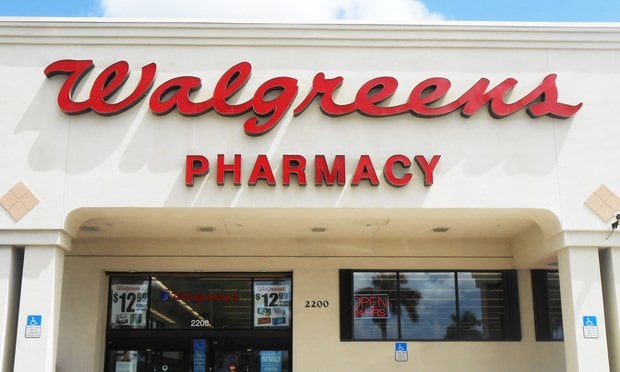So why should this year be any different? That's the question on the minds of Americans when it comes to the 2015 open enrollment after the tumultuous rollout of the exchanges last fall.
According to a new Bankrate.com report, most Americans (56 percent) aren't confident the health exchanges under the Patient Protection and Affordable Care Act will operate smoothly during this fall's enrollment, set to begin Nov. 15.
Specifically, 32 percent said they're "not at all confident" (the most common response) and another 24 percent are "not too confident."
Recommended For You
Here are the top three consumer concerns about 2015 open enrollment, according to respondents of a Bankrate.com survey.

Glitches with the health exchanges — 23 percent
Fewer than two in five people told Bankrate they're confident in the technical capabilities of the exchanges. On the more optimistic side, 11 percent said they're very confident and 28 percent are somewhat confident.
Last year's tumultuous rollout did not ease consumer angst, says Bankrate.com insurance analyst Doug Whiteman.
"[The numbers] demonstrates the long shadow cast by the bungled rollout of the exchanges last year," Whiteman says.
Last week, Andy Slavitt, the principle deputy administrator of the Centers for Medicare and Medicaid Services, admitted during a congressional hearing that the second year enrollment period of Obamacare "won't be perfect."

Too many people remaining uninsured — 29 percent
Sure, the law requires nearly all Americans to get health coverage. But it doesn't mean consumers are convinced it's going to happen.
According to Bankrate, 35 percent of rural Americans fear too many people will still be uninsured, compared with 29 percent of suburbanites and 26 percent of urban dwellers.
According to Gallup numbers, the uninsured rate sits at 13.4 percent, a record low. And Gallup research, out this week, found that states that have embraced the law — by expanding Medicaid and establishing a state-based exchange or state-federal partnership — have experienced the sharpest drops in their uninsured rates.
Though millions of Americans have gotten health coverage under PPACA, analysis has pointed to continued challenges. For example, many more consumers either remain unaware of their options or simply are not interested in obtaining coverage.
According to the Urban Institute and the Robert Wood Johnson Foundation, about 60 percent of the remaining uninsured population cite cost as the reason why they do not have health insurance. But another 20 percent simply say they don't want it.
"For both the uninsured who did not visit the marketplace and for those who visited but may not have understood the information available, a different and more aggressive outreach and education plan is clearly necessary," researchers from The Urban Institute said.

Much higher prices for health plans — 46 percent
It all comes down to cost.
According to the Bankrate survey, 66 percent of those who identify themselves as Republicans are expecting "much higher" rates for health plans, versus 27 percent of Democratic respondents and 50 percent of independents.
Though 2015 rates are expected to fluctuate wildly — a 4.2 percent increase was announced for California while Florida regulators told consumers to expect an average of a 13.2 percent — consumers are still fearful of their costs first and foremost.
Additionally, Bankrate found that only one in 12 Americans report lower monthly health care spending now than a year ago. Nearly half report higher spending.
"The Obama administration is still having trouble getting Americans to believe in affordable health care, despite the Department of Health and Human Services' recent report that nearly half the people buying subsidized plans on HealthCare.gov are paying $50 a month or less for their health plans," Whiteman added.
© 2025 ALM Global, LLC, All Rights Reserved. Request academic re-use from www.copyright.com. All other uses, submit a request to [email protected]. For more information visit Asset & Logo Licensing.







